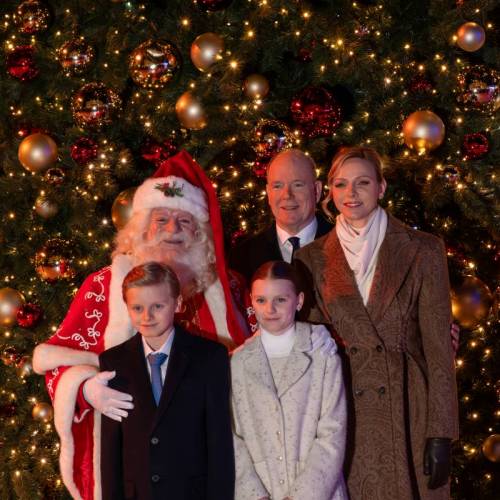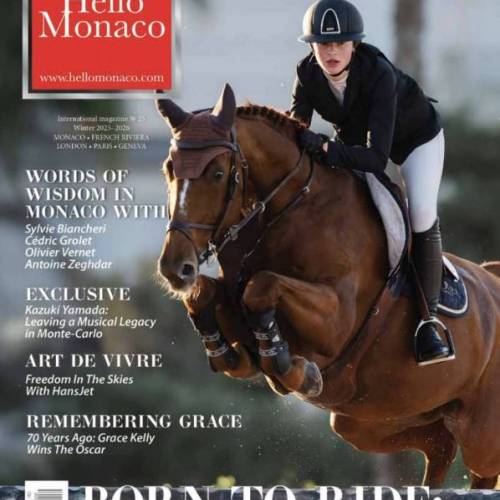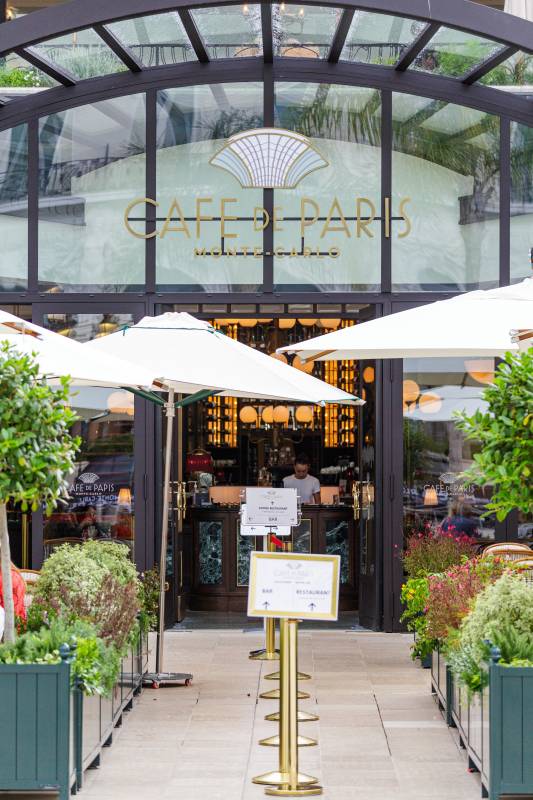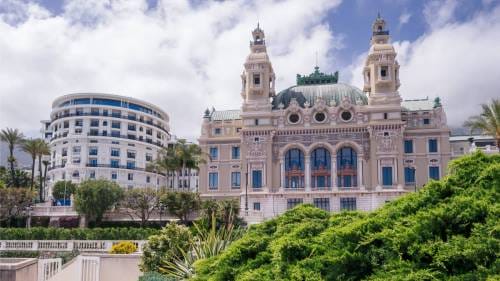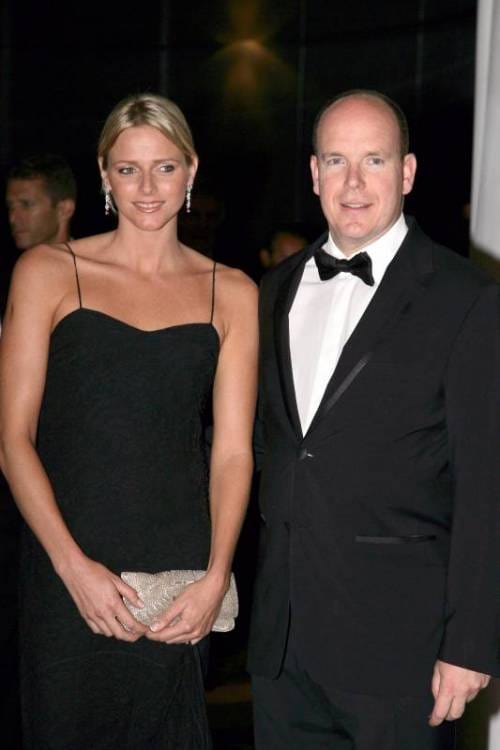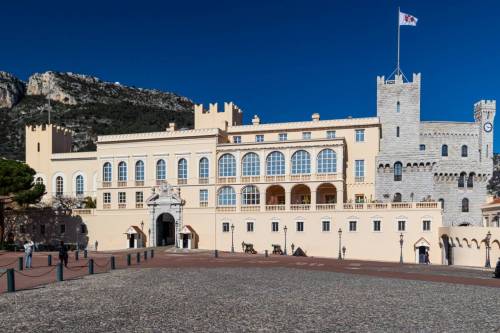Any tourist visiting Monaco for the first time heads straight for its main and most popular Casino Square, home to Monte-Carlo’s most iconic institutions — the Casino, Hôtel de Paris and the Café de Paris. The latter is well worth not just seeing from the outside, but actually visiting. Firstly, this Société des Bains de Mer flagship re-opened last fall after a major renovation. And secondly, it still serves the legendary “Crêpes Suzette” dessert, pancakes under a sauce of caramelized sugar, butter, tangerine (or orange) juice and zest, served with a Grand Marnier (or Curaçao) liqueur. It is flambéed right on the spot (set on fire for the alcohol to burn itself out and give the dish a unique taste and aroma).
It must be said that the royal in our spotlight today was no stranger to its creation.
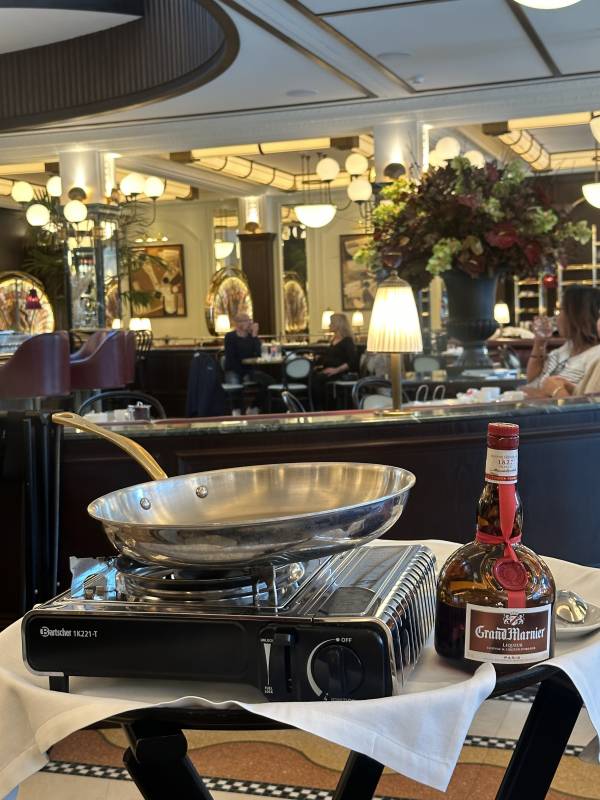
“Crêpes Suzette” history
One day in 1896, the heir to the British crown, the Prince of Wales, accompanied by a fair lady ordered crêpes for breakfast at the Café de Paris. A 15-year-old assistant chef in charge of the dessert then saw the curaçao liqueur sauce accidentally catching fire. The desperate Henri Charpentier had no time to prepare a new one. He therefore had to make the best of what he had. Published in 1934, Henri’s autobiography goes:
“I then came up with the most delicious mixture of sweet flavours I had ever tasted. And I still believe so”. The Prince cleared his plate in a twinkle of an eye, asking the name of that delicious sauce. “It’s a new recipe! Let’s call it “Crêpes Princess”!..” Henri wittingly replied. “Could you change it to “Crêpes Suzette…?” asked the Prince of Wales, pointing at his charming companion, blushing all over.
It must be said that other versions of this famous dessert’s invention also exist. One of them is attributed to the legendary Auguste Escoffier who worked at the Savoy Hotel in London in the 1890s. This one, however, also somehow involves the Prince of Wales who came to dinner accompanied by the French actress Suzanne Reichenberg, performing under the name of “Suzette”.
Interestingly, Henri Charpentier later emigrated to the United States where he became very famous making “Crêpes Suzette” a favourite American dessert. Every Christmas, the pastry chef would receive a greeting card from the British royal family…
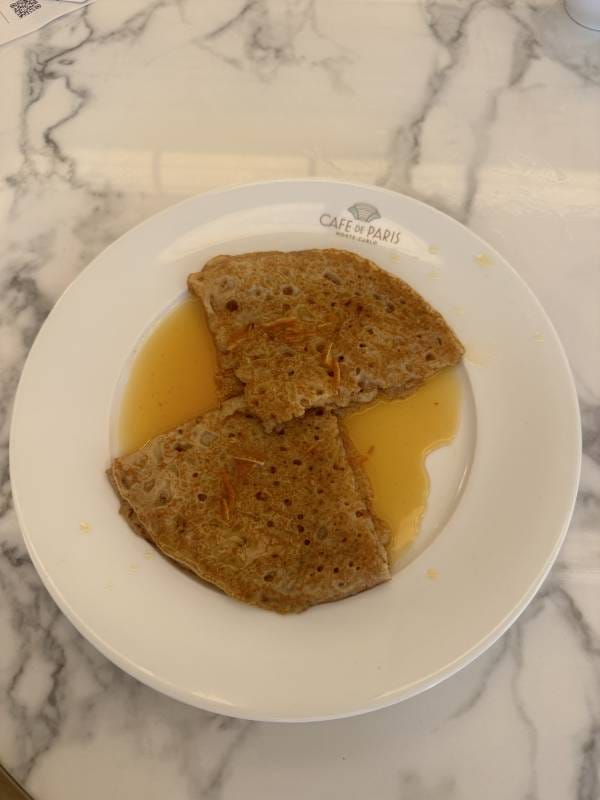
A gambling enthusiast
The future King of England had been a regular at the Monte-Carlo Casino for thirty years known as Baron Renfrew. His mother, however, did not share this love for the Principality. When crossing Monaco on her train to Menton, Queen Victoria would invariably draw the curtains to avoid seeing the country she considered the site of debauchery.
To his credit, the Prince behaved rather modestly, not squandering fortunes. His bets were rather reasonable. Despite his pseudonym, the Prince of Wales was, of course, recognized and nicknamed by some as “Bertie” (by his first name, Albert). His beloved dog was also a give away with his collar proudly saying: “I am Caesar and belong to the Prince of Wales.”
Edward had always been the very picture of elegance: tweed jackets, a round hat, a tuxedo rather than a tailcoat. He was the one to have introduced the fashion for creased trousers. His “Britannia”, winner of seven regattas on the French Riviera, was also a frequent guest in the port of Monaco.
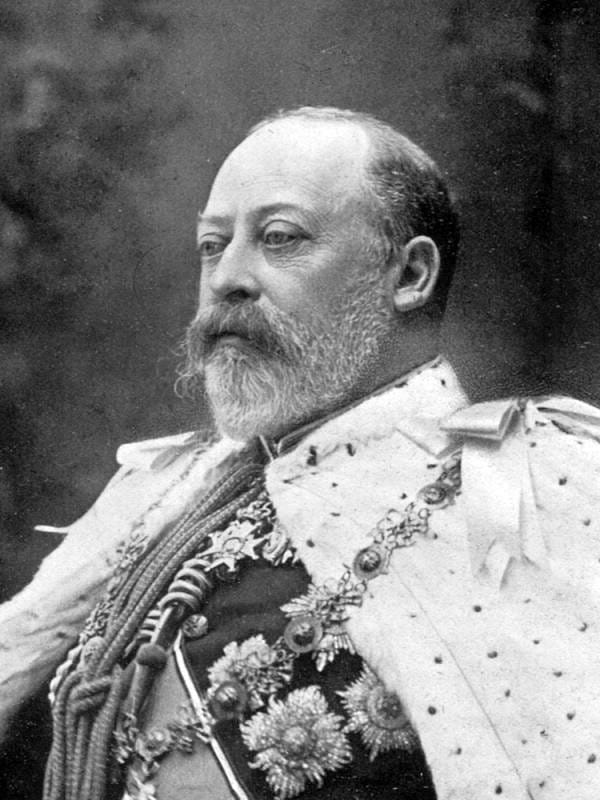
Princes of Wales
Interestingly, heirs to the British crown share certain similarities. Charles III was thus Prince of Wales from 1958 to 2022, largely breaking his ancestor Edward’s record (the latter taking over the throne at the age of 59). Both their mothers were the longest-serving monarchs in Europe: Queen Victoria ruled for an impressive 63 years, Queen Elizabeth II — for 70 years.
Charles III’s spouse and life-long love Camilla Parker-Bowles happens to be the great-granddaughter of the British aristocrat Alice Keppel, King Edward VII’s ultimate mistress known to finally bring him happiness. Their relationship lasted from 1898 until his very death in 1910.
As to Camilla and Prince Charles, they met in 1970. It was love at first sight. It did not end up in marriage back then, however, even if Charles was not yet married and Camilla had already separated from her first husband. Among the hindrances to this marriage was Elizabeth II allegedly not considering Camilla a good match. In 2005, their wedding was finally celebrated. Since May 6, 2023, Camilla has held the title of Queen of Great Britain — well coveted by her great-grandmother.
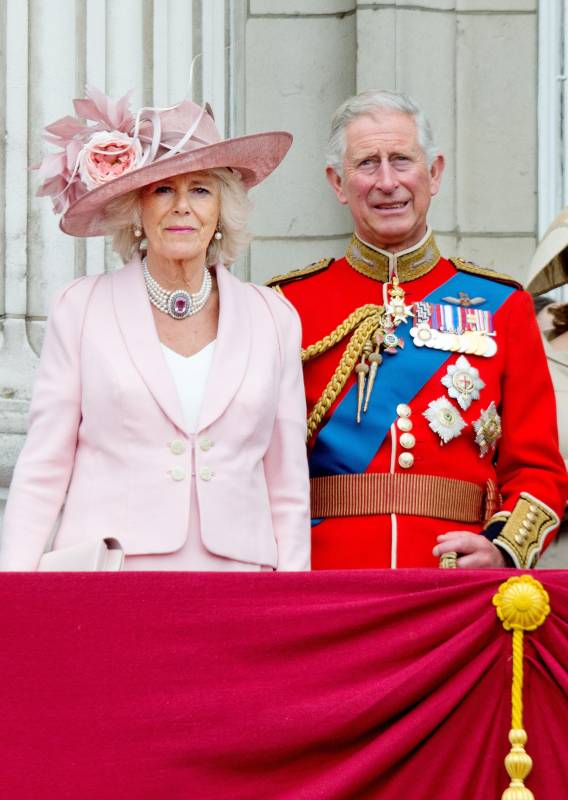
This being said, Edward VII does not have that much in common with the current Prince of Wales, William. For one thing, Edward’s relationship with his mother had never been easy. Victoria was not kind to her son from his very birth, describing the baby as ugly and unworthy of bearing his father’s name. Considering him incompetent, she refused him an active role in governing the country. William, Prince Charles’ son, on the contrary, has always been closer to his mother than to his father. Princess Diana completely trusted her eldest son calling him “my little wise old man”, thereby emphasizing his sense of prudence and balance. In an interview honouring the twentieth anniversary of Diana’s tragic death, William admitted to have lastingly lived in a state of shock due to the loss of his mother. It took him all these years to be even able to comment on the subject.
Charles III’s second son has borne the title of “His Royal Highness Prince Henry of Wales” prior to his wedding in 2018. Strictly speaking, he is not at all “Prince of Wales”. This title may only be held by an imminent heir to the throne, which is William.
Prince Harry, however, may somehow be likened to King Edward. To start with, we all know him as Harry. His real name, however, is Henry, or more precisely, Henry Charles Albert David. Before ascending the throne in 1901, King Edward was also largely known as Albert (Bertie). He was only crowned Edward since “Albert” seemed too German to the English. Ironically, 150 years later this “very German name” went to his descendant Harry.
Bertie had had somewhat of a reputation of playboy, preferring women, horse racing, shooting, hunting and drinking to his royal duties. Raised in Puritan traditions, he was a big fan of the French capital. Away from the smog that suffocated London, he happily indulged in all the “Belle Epoque” pleasures. He would thus love a champagne bath in the company of beautiful ladies. This being said, he would also find a common thread with the French aristocracy and prominent politicians, in particular, Léon Gambetta. An anti-royalist and a fierce republican, Gambetta still spoke very favourably of the charming Prince of Wales: “He loves France, both playfully and seriously.”
Prince Harry, as to him, does not quite fit into his prim family either. Unlike the rest of the clan camouflaging their feelings even in the most tragic moments, the King’s youngest son has always been a bit too emotional, too open and sincere. He even admitted to a drinking problem and a drug addiction in the past. Unlike Edward, however, he was not drinking for fun, drowning in alcohol his grief and anger that has haunted him ever since Diana’s death. His memoirs “Spare” released in early 2023 have only made matters worse. His relationship with his brother and father deteriorated, and his popularity among the British people plummeted.
The Peacemaker King
King Edward VII’s reign lasted but nine years. After ascending the throne in 1901, the new monarch took a keen interest in foreign policy and military affairs. He thus played an active role in modernizing the Royal Navy, reforming the military medical service and reorganizing the British Army.
Having established friendly relations with other European countries, in particular, the eternal enemy of the British, France, Edward was nicknamed “King Peacemaker”. Fluent in French and German, he was multiplying his diplomatic visits. His negotiations led to an agreement that marked an end of a century-long Franco-British hostility.
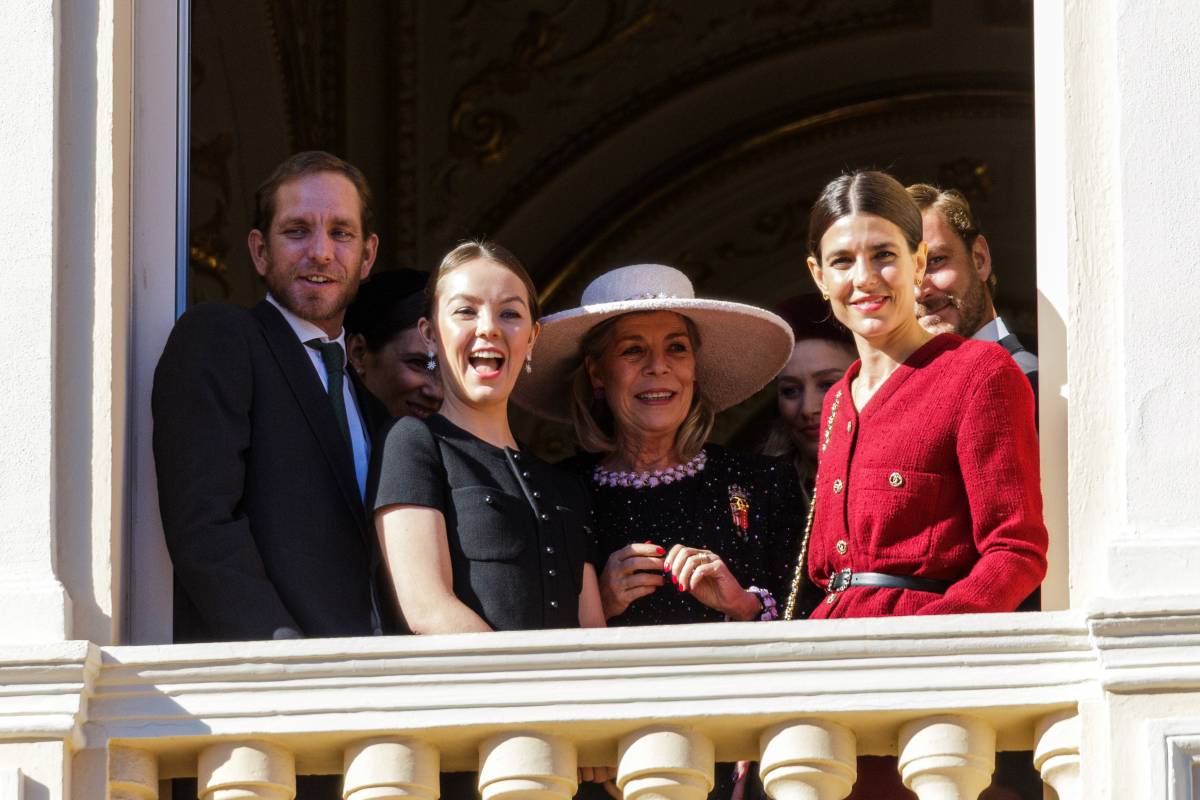
“Uncle of Europe”
King Edward VII was married to the daughter of the Danish King Christian IX, Alexandra, the elder sister of the Russian Empress Maria Feodorovna. Blood ties with many European monarchs thus earned him the nickname of “Uncle of Europe”.
Among Edward VII’s nephews were: Kaiser Wilhelm II of Germany, the last Russian Emperor Nicholas II, Grand Duke Louis V of Hesse, Duke Karl Eduard of Saxe-Coburg and Gotha and Duke Ernest Augustus III of Hanover.
Queen Victoria Eugenie of Spain, Princess Margaret of Sweden, Queen Marie of Romania, Princess Sophia of Greece, the last Russian Empress Alexandra Feodorovna, Grand Duchess Alexandra of Mecklenbourg-Schwerin and Duchess Charlotte of Saxony-Meiningen were the British monarch’s nieces.
Haakon VII of Norway was Edward’s son-in-law, George I of Greece and Denmark was his brother-in-law; Albert I of Belgium, Carlos I of Portugal and Tsar Ferdinand I of Bulgaria were his cousins.
Interestingly, in 1999 Ernst Augustus V of Hanover, grandson of Duke Ernst Augustus III of Hanover, married Princess Caroline of Monaco. Their 25-year-old daughter Alexandra is now living in Monaco, the Principality that was so well favoured by her famous great-great-grandfather.

